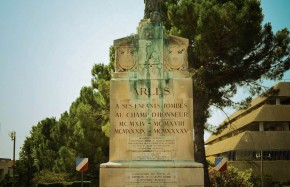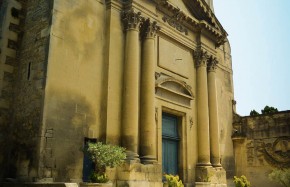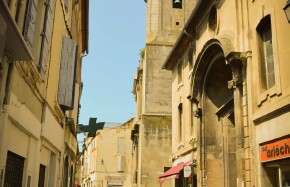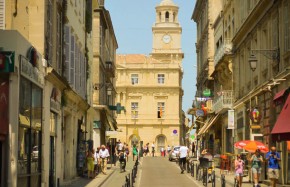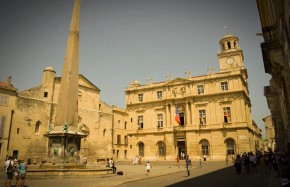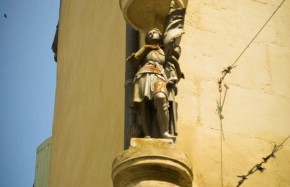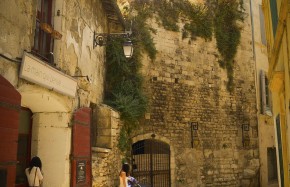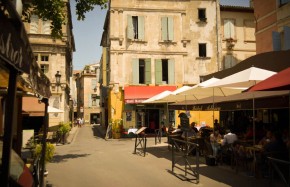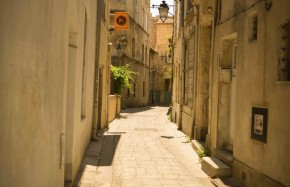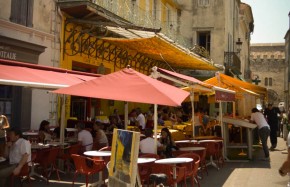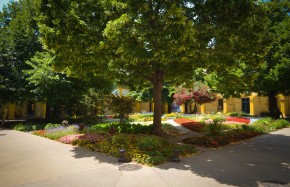Arles
Arles has a long history of considerable importance in the Roman settlement of Narbonne, a commune in southern France in the Languedoc-Roussillon region. The Dutch post-Impressionist painter Vincent van Gogh lived in Arles in 1888 through 1889 and produced over 300 paintings and drawings during his time there. The Romans took Arles in 123 BC and expanded it into an important city, with a canal link to the Mediterranean Sea that was constructed in 104 BC. The town sided with Julius Caesar against Pompey, in a war for Massalia (Marseilles). Caesar emerged victorious and Massalia was stripped of its possessions, which were transferred to Arelate as a reward. The town was formally established as a colony for veterans of the Roman legion Legio VI Ferrata, which had its base there. Its full title as a colony was Colonia Iulia Paterna Arelatensium Sextanorum, “the ancestral Julian colony of Arles of the soldiers of the Sixth.” The city reached a peak of influence during the 4th and 5th Centuries, when Roman Emperors frequently used it as their headquarters during military campaigns.
Driving into Arles, the cypress trees stand tall in the hot sun and it’s easy to imagine Van Gogh standing before his easel in one of the many surrounding sunflower fields. This historic city in Provence-Alpes-Côte d’Azur is less than ten kilometers from the Mediterranean and a prime destination for tourists interested in its Roman architecture and, of course, the sites of van Gogh’s paintings. Prominent into the 12th Century, Arles has had its ups and downs economically, and has more than once played second fiddle to the neighboring city of Marseilles. Once a major port on the River Rhône, the arrival of the railway in the 19th Century eventually killed off much of the river trade, leading to the town becoming something of a backwater. For this reason, it was an attractive destination for artists such as Van Gogh and others, who were fascinated by its Provençal landscapes. It can also be a maddening place and it was here that Van Gogh cut off his ear, resulting in two stays in the old Hospital of Arles. The concerned Arlesians circulated a petition the following February demanding that Van Gogh be confined. In May 1889 he left Arles for the Saint-Paul asylum at nearby Saint-Rémy-de-Provence.
Once inside the heart of the city, I got a sense of the rich history of this Romanesque centerpiece and it’s bustling with tourists throughout the summer. The Place de la Republique exhibits a 4th Century obelisk, first erected under the Roman emperor Constantine II in the center of the spina of the Roman circus of Arles. After the circus was abandoned in the 6th Century, the obelisk fell down and broke into two parts. Rediscovered in the 14th Century and re-erected in its present location in the 17th Century, it sits on top of a pedestal designed by Jacques Peytret. From a Roman amphitheatre that featured gladiators and hunting scenes for more than four centuries, to the rustic streets that inspired Van Gogh, Arles has plenty of potential as a film location. Adequate planning and coordination would be crucial in this extremely popular artist’s retreat.

